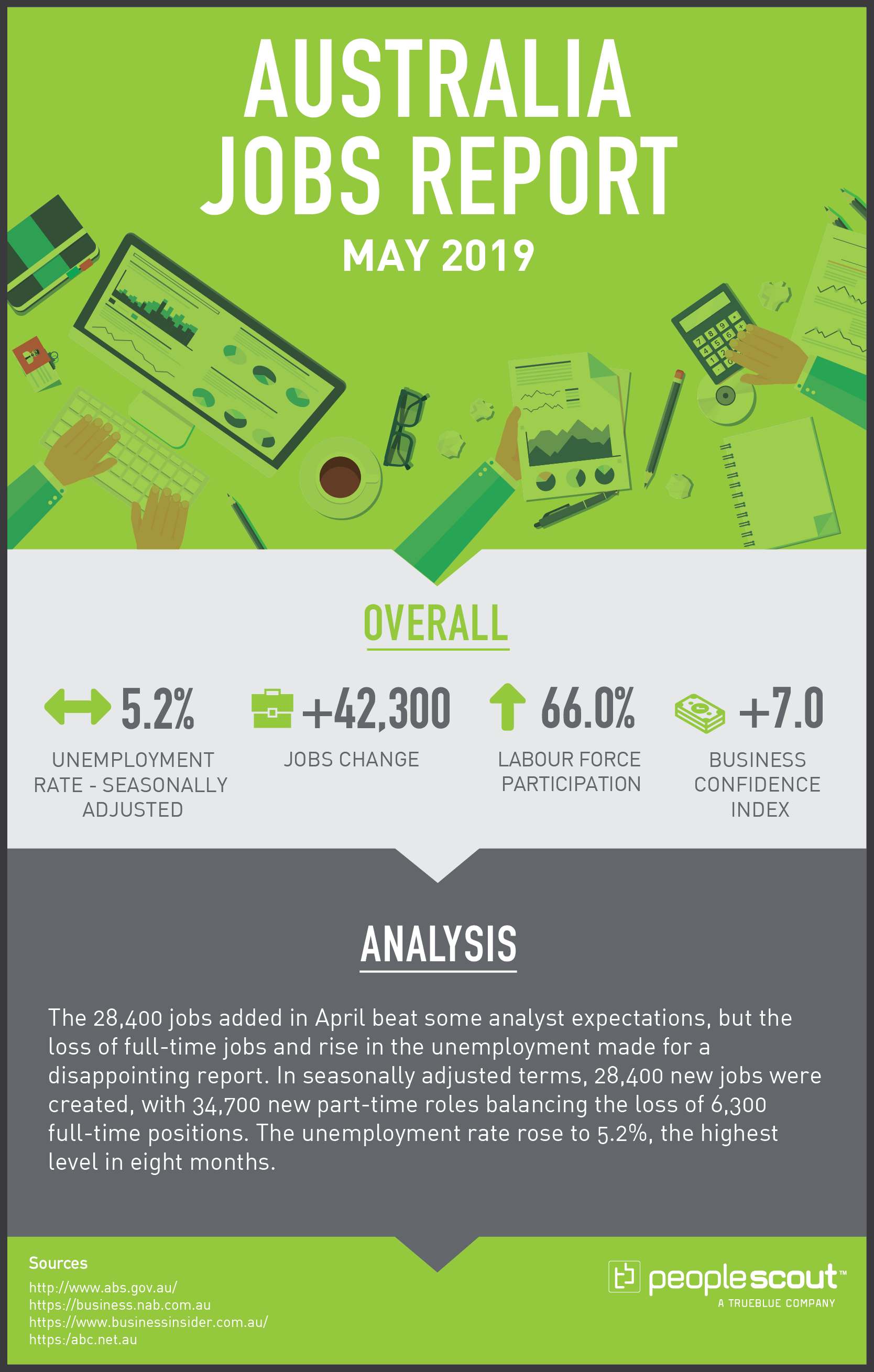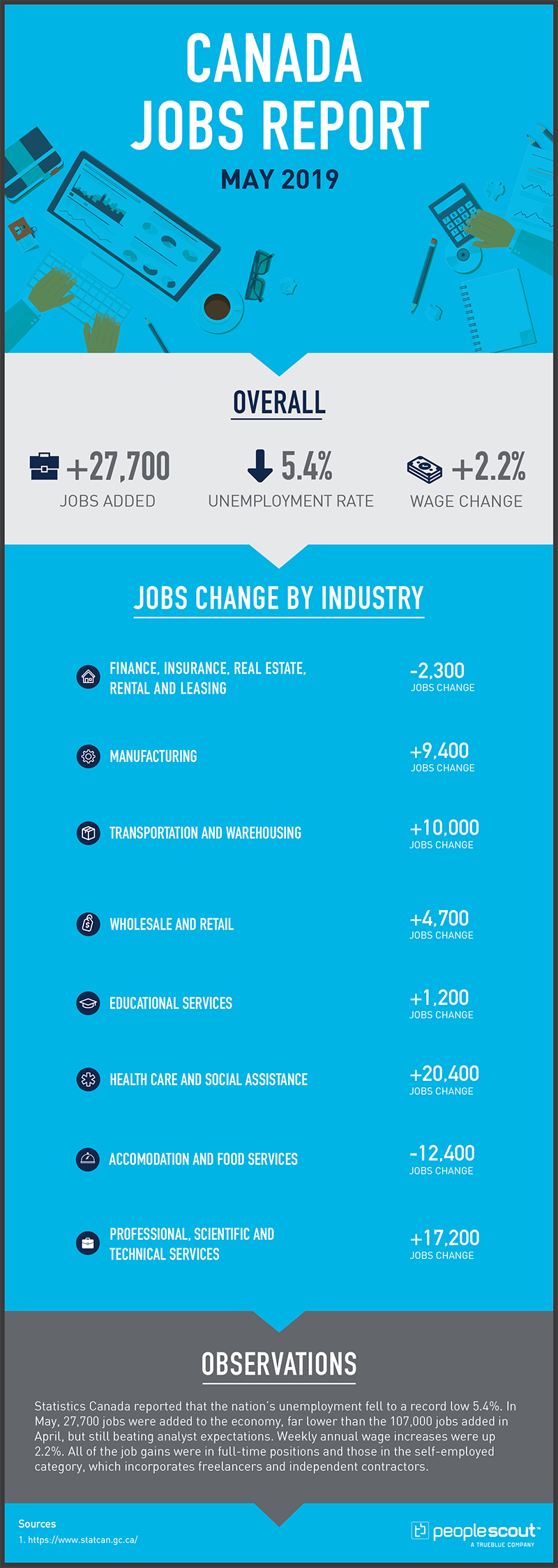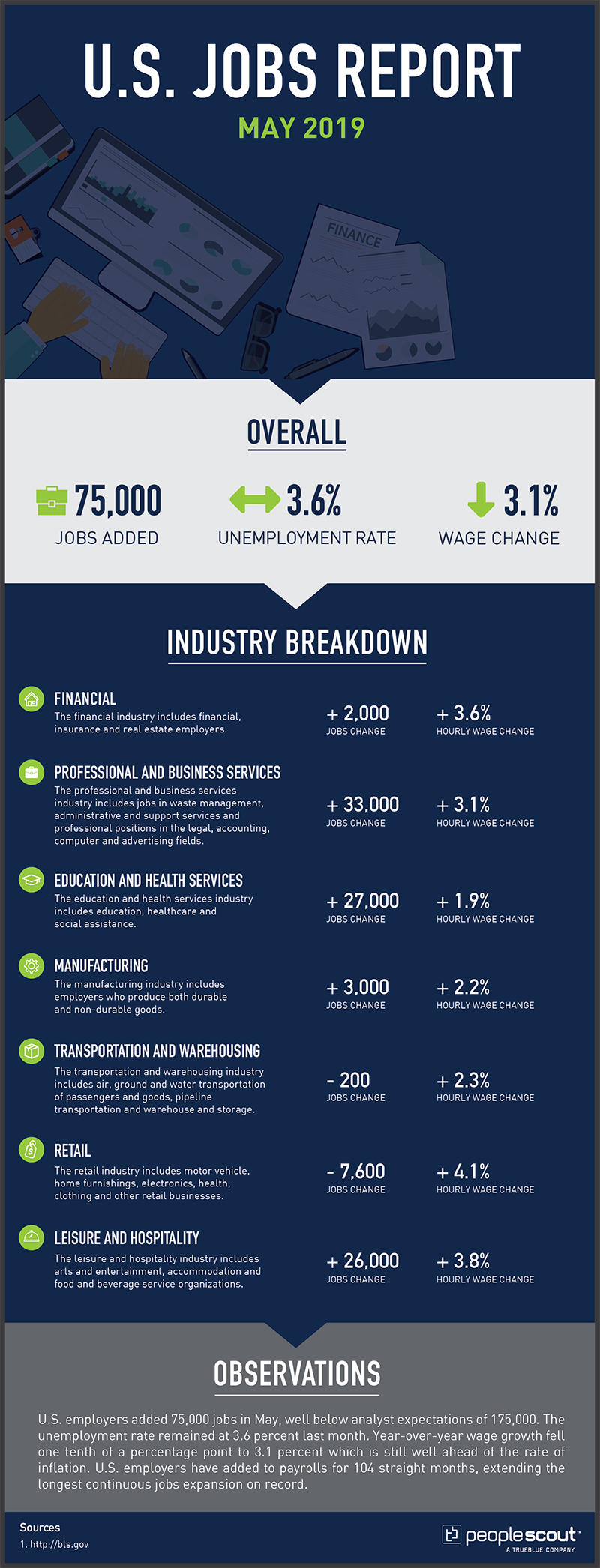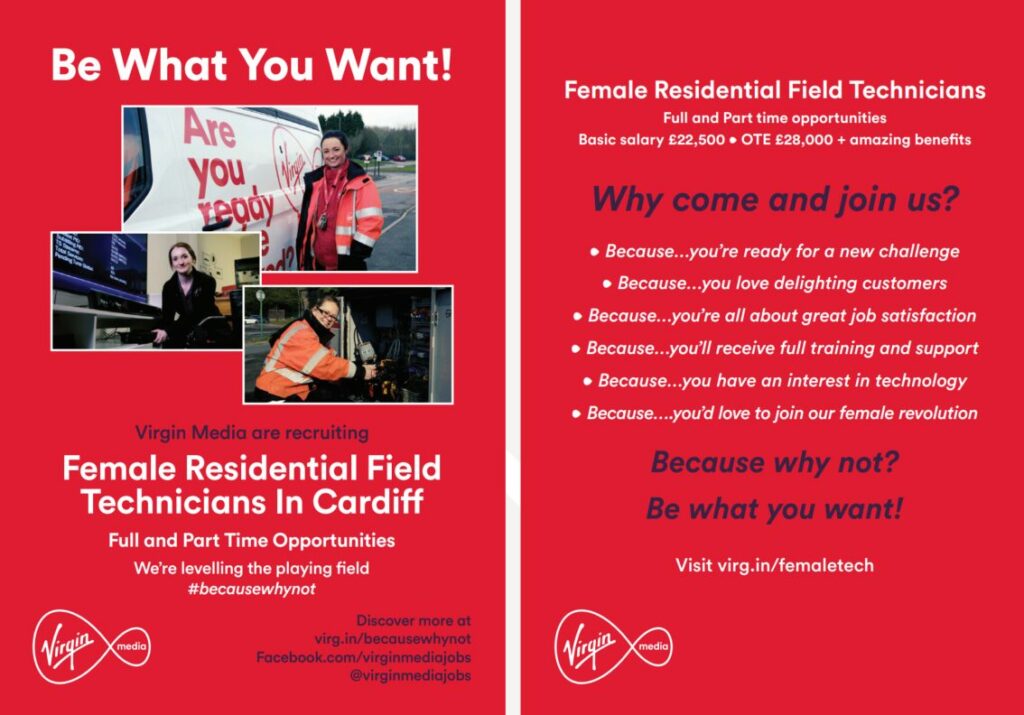With the benefit of hindsight, it’s easy to look at the past twenty years and see the inflection points where companies and industries either embraced or avoided disruptive technology. When Kodak struggled to adapt to the digital world, the company eventually declared bankruptcy. Blockbuster passed on the chance to purchase Netflix, and now, the video rental chain has just one store left open. Taxis fell to Uber and Lyft. There are countless examples in the graveyard of defunct or irrelevant companies and industries.
It is more difficult to spot that inflection point in the moment. For human resources, that moment is now. With an influx of new technologies entering the market, the role of HR is about to transform, and if it cannot adapt, it is bound to be left behind. Currently, many HR professionals are pulled away from more strategic work for simple repetitive tasks – which are prime targets for automation. Emerging tools can also provide HR with new insights – about things like which candidates are more likely to stay with the company and whether a role is better filled by a contingent or permanent worker in the current economy. These insights will provide HR with the opportunity to play a more significant role in decisions that impact the future of the business.
In this article, we walk through five ways new and emerging talent technology will make HR more strategic and why leaders should embrace change.
1. Automation Will Save Time
Everest Group predicts emerging technology has the potential to automate half of all talent acquisition activities. According to the report, “processes that are highly transactional and repetitive in nature have a higher potential for automation.” This includes tasks like resume screening, interview scheduling and sourcing candidates. However, other tasks, like communicating with top candidates and hiring managers, will continue to require a human touch.
Robotic process automation is already taking over some of the communication with candidates through recruitment marketing campaigns, interview scheduling tools and chatbots. RPA technology can ask prescreening questions or answer FAQs about positions and a company’s hiring process through a chatbot, send automated emails to engage candidates through a candidate relationship management tool and find an empty spot on a recruiter
or hiring manager’s calendar to help a candidate schedule a phone or in-person interview through an automated scheduling tool.
These tools mean that the way recruiters and talent acquisition professionals spend most of their days will transform drastically. Rather than spending time sifting through resumes, scheduling interviews and responding to emails, recruiters will be able to focus on the best candidates, develop creative solutions for hard-to-solve problems and build better candidate engagement strategies. This will reduce recruiter burn out, leaving them fresher and more engaged in important tasks.
Automation also improves the candidate experience. Rather than waiting for a response from a recruiter with an inbox full of emails, candidates can have a simple question answered instantly by a chatbot. Candidates won’t have to play phone tag or do the awkward dance of comparing schedules over email because they can easily schedule interviews on their own. This means, regardless of whether or not the candidate ultimately ends up in the role, they will be left with a more positive image of the organization. However, HR leaders need to take care to select the correct tools. If they don’t work as intended or don’t integrate well with other systems in place, recruiters may not be able to use them effectively and candidates could be left with a negative impression.
2. Data Analytics Will Provide New Insights to Inform Decision-Making
Big data is everywhere, and when applied to HR, it can allow leaders to make better, more informed decisions on both the micro and macro levels. Data analytics tools have the power to provide insights and predictions about individual candidate behaviors, the best tactics to use to fill a role and even long-term predictions about local job markets.
Predictive analytics is a type of data analytics that uses data to find patterns and then uses those models to attempt to predict the future. Predictive analytics can’t tell you what will happen, but it shows what is likely to happen based on past trends. Tools that incorporate predictive analytics can tell recruiters how likely a candidate is to leave their current job or stay in a position at your organization, for example.
These tools can also identify new channels to find strong candidates by identifying common themes in previous successful hires. For example, a predictive analytics tool could tell a recruiter that the best candidates tend to come from a few specific educational backgrounds. That way, a recruiter can focus on recruiting efforts to identify the best candidates with those qualities.
Predictive analytics can also help with more strategic business decisions. Workforce planning tools focus on the future by assessing current hiring needs and modeling how those needs will evolve. This data-focused approach can help organizations match talent forecasts with analysis of the talent pool to create a realistic view of the labor market. On a micro level, analyzing market data can help predict whether a role is better filled by a permanent or contingent worker in a specific location.
Workforce planning tools can also identify potential problems before they arise. For example, hiring patterns in a market could signal an impending shortage of talent six months into the future, allowing organizations to prepare and stay ahead of the competition. If an organization is looking to expand, predictive analytics can identify areas with the best candidates to fill the needed roles. This empowers HR to have a larger role in shaping the direction of the company. Because of this, it’s key that the right tools to collect historical and current data are in place. If the predictions are inaccurate or the data is not used properly, it could have the opposite effect.
3. AI Tools Will Develop More Effective Candidate Profiles, Job Descriptions and Recruitment Marketing
Another way technology can impact HR is through the use of AI tools that make recruiters more effective in interacting with candidates. This process starts during candidate generation, where AI tools can help you craft job titles and descriptions and continues as recruiters communicate with candidates throughout the hiring process.
AI tools can help recruiters put together stronger candidate personas, by using data to show what factors predict success and where recruiters can find the best candidates, as we discussed earlier. Then, certain technology tools can help recruiters optimize job titles and craft job descriptions that will show up in search results and appeal to the greatest number of candidates.
AI can also help identify exclusionary language that could discourage a certain gender or minority group from applying to a position. This is particularly important because unconscious bias can allow gendered words to creep into our vocabulary without us realizing it. According to Harvard Business School, words like “ninja” discourage women from applying, while words like “supportive” and “collaborative” can discourage men. By using technology to avoid this, recruiters can build better and more diverse candidate pipelines.
As recruiters communicate with candidates, other tools can make the process more personal. Career sites can track what types of jobs candidates view, apply to or start, but never finish. Tracking this data allows recruitment marketing tools to recommend jobs that appeal to the candidate and match their skills and expertise, or to prompt a candidate to complete their application. Once a candidate provides their information, recruiters can use recruitment marketing tools to build personalized marketing streams that will appeal to candidates and encourage them to apply.
These tools help recruiters identify and market to stronger candidates more efficiently, which not only frees up time but also helps build a better workforce, improving business outcomes for the organizations. Here, AI algorithms need to be carefully monitored. Because AI is constantly evolving, errors in an AI platform’s logic can quickly grow, making problems hard to trace. This is especially true if errors are made at the beginning of the process causing the common problem of garbage in, garbage out.
4. AI Sourcing and Improved Assessments Will Identify Candidates with the Right Cultural Fit
Talent technology will also help recruiters identify passive candidates with the skills of the future and the ability to learn and grow with an organization. Passive sourcing tools use artificial intelligence to identify the best candidates for a role – regardless of whether or not those people are actively looking for jobs. The tools can search social media, job boards and more, finding candidates who match target personas. Passive sourcing provides recruiters with a list of strong candidates without the time required to conduct manual searches.
New types of assessments will also help recruiters identify the best candidates. Video interviewing tools can provide additional information about candidates from their facial expressions and tone of voice. This can provide insights into a candidate’s personality, which will help recruiters make better choices about which candidates are the best cultural fit with an organization.
Additionally, new assessments can evaluate the passion, purpose and mindset of candidates. This means recruiters can learn about a candidate’s enthusiasm, enjoyment and commitment to mastering the requirements of a role, their alignment with and willingness to contribute to the vision and values of an organization and whether they have a growth mindset, which is the belief that one’s talents can be developed through education and effort. With this information, recruiters can identify candidates who will align with the goals and culture of an organization, increasing the likelihood that the candidate will stay long-term. By identifying candidates with a growth mindset, recruiters can select candidates who have the ability to learn and grow in the rapidly transforming world of work.
This empowers talent acquisition leaders to better identify and hire the candidates who align with the long-term goals of an organization, enabling the company to meet strategic objectives faster and stay ahead. However, this is another case where HR should be aware that the wrong tools and assessments could actually inject bias into the process, so leaders should be sure to partner with an organization that is aware of and carefully monitors for that risk.
5. Compliance Tools Will Reduce Risk, Freeing Funds and Resources
Another significant aspect of HR is dealing with the multitude of compliance risks that vary by jurisdiction. Technology can automate parts of that process, making it not only more efficient but also more compliant.
Compliance tools can automate background checks and drug tests as a part of the pre-employment and onboarding process. This ensures that every potential employee completes the testing and that the process aligns with all local and federal regulations.
According to SHRM, predictive analytics tools can also be used to assess pay equity, an incredibly hot topic in compliance right now. At least 12 jurisdictions have some sort of pay equity law preventing employers from asking about salary history in an effort to reduce pay discrimination. Because the issue is at the forefront, employers should track this information and take steps to reduce pay inequality at their own organizations. Data analytics tools can monitor and report on any pay gaps for protected groups.
Additionally, Forbes reports that AI can identify “red areas” where fraud or unethical behavior may be more likely and bring those to the attention of HR so they can intervene early or even before bad behavior occurs. AI can also identify behaviors that cause poor work performance, recognizing patterns of stress or bad behavior that could cause safety concerns.
Technology can also assist in the process of collecting documents from workers, and providing workers with required forms and legal documents, protecting the organization from potential regulatory errors. Compliance lapses can be expensive and time-consuming; having reliable tools can keep your organization safe.
Conclusion
The current talent acquisition technology landscape is both exciting and complicated for employers. Technology already available on the market will allow HR to be more strategic, but it needs to be implemented and used effectively. When selecting the right tools, employers need to look for solutions that have tangible benefits – not just tools that are interesting. Using the wrong tools has the potential to do more harm than good, so employers should look for partners that can meet their needs now and flex and growth with them into the future.







